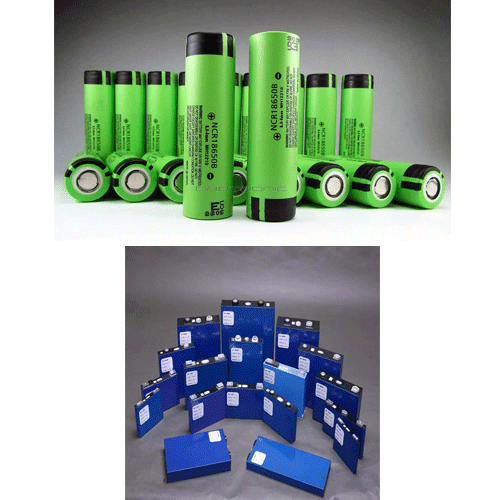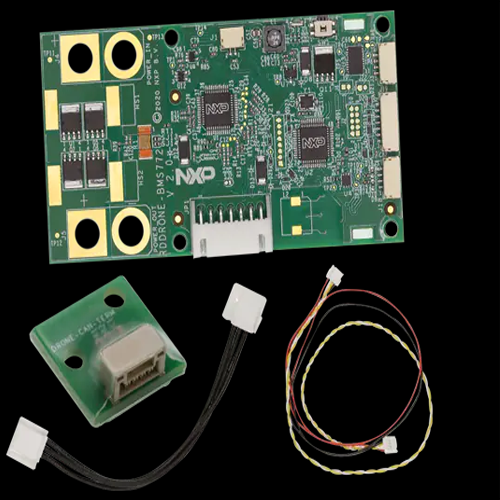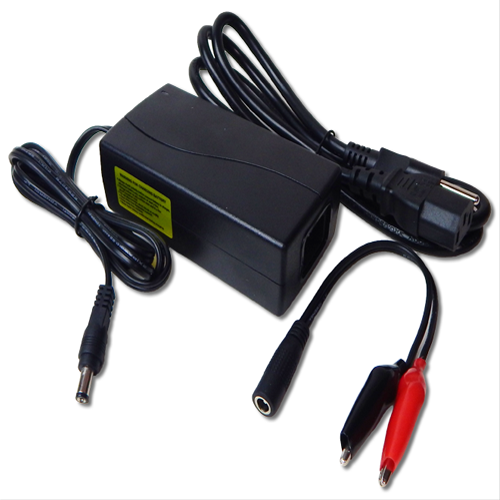Our Products
- Home
- Products
Lithium-Ion Cell
Lithium ion Cells are the most renowned
cells used in the technology of rechargeable batteries. With high capacity these
cells are usually used in everyday rechargeable electronics like Mobile
Phones, Laptop, Digital
cameras, etc. It can be recharged and discharged multiple
times without any physical effect
on the batterys performance or life.
Lithium-Polymer Cell
Advancing from Lithium-ion Cells, Lithium Polymer
Cells render greater
advantages in terms
of utility, durability and flexibility.
One of the most attractive and handy features about the Lithium-Polymer cells is that they can be shaped to ï¬t into any device. Another feature of Li-Polymer cells is that its rate of self-discharge is much lower when compared to other metal hydride cells.
Today, with ample varieties of devices in terms of shapes and sizes, you are sure to ï¬nd the Lithium-Polymer cells in whatever device you pick.
One of the most attractive and handy features about the Lithium-Polymer cells is that they can be shaped to ï¬t into any device. Another feature of Li-Polymer cells is that its rate of self-discharge is much lower when compared to other metal hydride cells.
Today, with ample varieties of devices in terms of shapes and sizes, you are sure to ï¬nd the Lithium-Polymer cells in whatever device you pick.
Protection Circuit Module - PCM
Li-Ion and Li-Poly Cells or Battery
packs ought to be prevented from over-charging, over-discharging and exposure to extreme temperatures. Choosing the correct
Protection Circuit Module
and applying it appropriately is vital to the longevity
your batteries and your own safety.
Battery Management System - BMS
BMS (Battery Management System) is an essential component
in a Lithium- Ion/Polymer battery
system. This device
manages a real-time
control of each battery cell, communicates with external devices, manages SOC calculation, measures
temperature and voltage,
etc.
The choice of BMS determines the quality and lifespan of the ï¬nal battery pack. Several types of BMS can be used depending on the intended application and desired features.
The choice of BMS determines the quality and lifespan of the ï¬nal battery pack. Several types of BMS can be used depending on the intended application and desired features.
Chargers (Li-ion or Polymer Battery Packs)
Chargers are the base for better durability and performance of batteries.
Usually in this price-sensitive market, chargers often receive low priority. But chargers are both essential and crucial, therefore they should not be understated.
Charging Lithium Ion Batteries can be split into two main stages:
Constant Current Charge: In the ï¬rst stage of charging a Li-ion battery or cell, the voltage across the lithium ion cell increases for the
constant current charge.
Saturation Charge (Constant Voltage Charge): After sometime, the voltage peaks, at a point the cell or battery must enter into the second stage of charging known as the saturation stage. A constant voltage is maintained and the current will steadily fall. The end of the charge cycle is reached when the current falls to around 10% of the rated current.
Charging Lithium Ion Batteries can be split into two main stages:
Constant Current Charge: In the ï¬rst stage of charging a Li-ion battery or cell, the voltage across the lithium ion cell increases for the
constant current charge.
Saturation Charge (Constant Voltage Charge): After sometime, the voltage peaks, at a point the cell or battery must enter into the second stage of charging known as the saturation stage. A constant voltage is maintained and the current will steadily fall. The end of the charge cycle is reached when the current falls to around 10% of the rated current.





